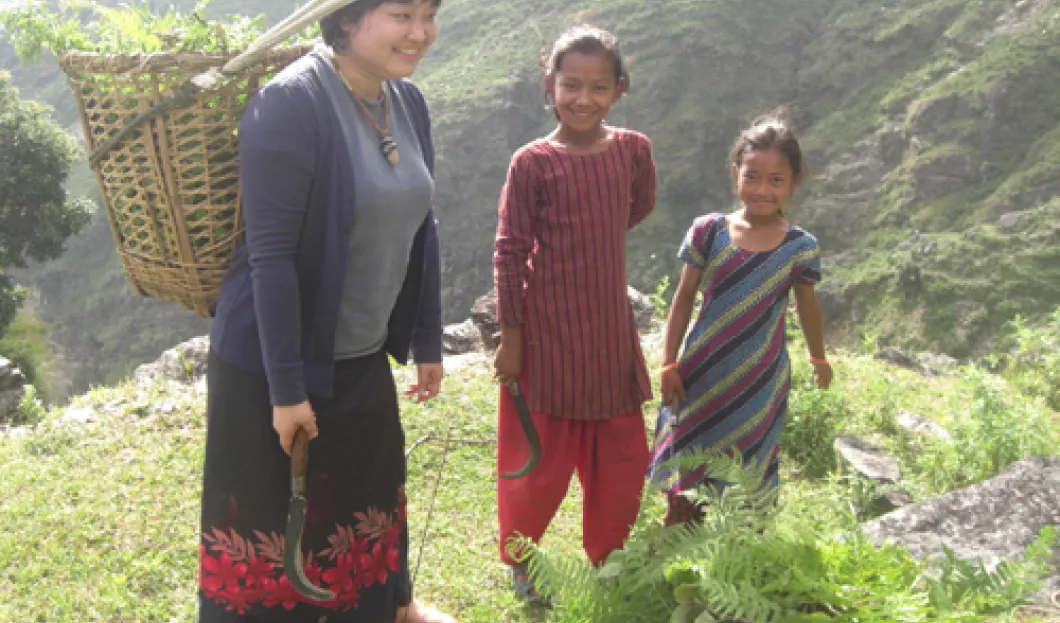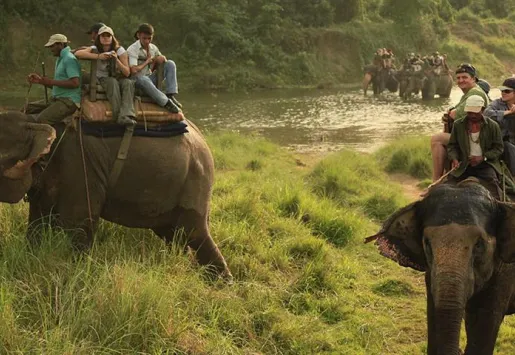
Travelers keen on getting familiar with any culture know they either have to spend a long time in the given region or they need to get closer with the locals. A Nepalese village has opened its doors to the tourists offering unique homestays.
Kumpur is a village in the Dhading District in the Bagmati Zone of central Nepal. At the time of the latest census, 7,916 people lived here in an altitude of around 1,500 meters above sea level offering excellent views of the Annapurna range, Ganesh Himal, Langtang, Manaslu, Mardi Himal, Gauri Sankar and numerous waterfalls. Half of the locals, most of them farmers, belong to a tribe called Ghale and the rest to peoples called Gurung, Braman, Newar, Sarki etc. All of them have their own history, traditions, culture, rules and lifestyle.
Only recently the village opened to the outside world inviting tourists to stay with the local families, getting to know a unique culture and rural life as well as exploring the surrounding wilderness.
“A Kumpur Village homestay is a home away from your home where guests are hosted with utmost care. There is no better way to get to know Nepal and Nepalese lifestyle than by experiencing it first-hand,” said Ghale Ram, Managing Director of Ghale Treks & Expedition organizing the homestays.
Village tourism and homestays are part of the new concept of ecotourism. Among the advantages of such stays is the possibility for the visitors to freely interact with their host families, get to understand the local culture, language, activities and customs.
During their stay, the tourists are able to feel what it is like to live the life of a Nepali villager. They can walk with their host family while they go about their daily chores, tending animals, tilling the fields, going to school with the children. They can help with mowing grass, picking fruits, making butter, playing with children; they can even teach at the local primary school.
“What they don’t get are hot showers, flushing toilet, beer, hamburgers, television, or even electricity. What more though – no crowds of tourists, no litter in the streets,” adds Mr. Ram.
Since the village is in a poor economic situation and the people receive only limited governmental social welfare 10 per cent of the money tourists pay for their stays is donated to a local school.
Related:











